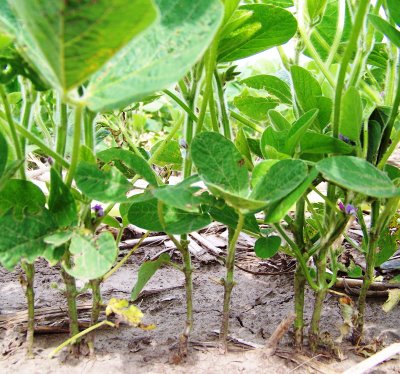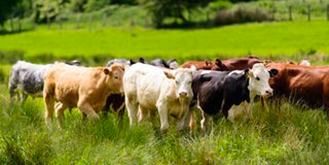Don’t Lose Your Nitrogen
07 Feb 2017The fall of 2016 was one that will remain in our minds for a long time. The rains persisted, delaying harvest till late fall (or early winter) in many geographies. Getting the crop off seemed like a never-ending battle for many producers. For the most part, that crop was worth the struggle as yields were average to above average. However, the late harvest caused fall fertility applications to be minimal. If upcoming conditions for spring remain very wet, fertility plans may have to be adjusted. What are your plans to meet the challenges to providing your crop with a strong fertility plan in 2017? Here are some of our concerns and suggestions to deal with nitrogen applications for the upcoming year.
Anhydrous ammonia (NH3) is a popular source of nitrogen in a number of regions. The large question that looms for upcoming season is supply. Will there be enough tanks and trucks in the area to keep the anhydrous units filled and moving? This conversation has taken place with many customers who currently use this source. The discussion then turns to other sources of nitrogen and the options and placement that could be used to help with nutrient movement.
Urea could be a convenient nitrogen source at seeding time. Application options range from broadcasting, broadcasting followed by incorporating, and banding. There are a few different options when dealing with urea but we must look at the agronomics surrounding its use and consider potential risk of losses.
The gold standard for any nitrogen source is banding as it minimizes losses and allows the quick access of nutrients. Given the environmental challenges that may face us in the spring of 2017, the opportunity to band all your nitrogen may not be viable. It is imperative to understand that broadcasting urea could cause a large percentage of volatilization losses. Volatilization occurs when urea is applied on or near the soil surface and comes into contact with moisture to produce carbon dioxide and ammonia which gases off into the atmosphere.
Conditions favoring high volatilization potential are:
- high soil temperatures
- moist conditions, followed by rapid drying
- windy conditions
- high soil pH (>pH 7.5)
- coarse soil texture (sandy)
- low organic matter content
- high amounts of surface residue (e.g. Zero tillage)
If broadcasting is the only option for urea placement this spring producers should to look at some inhibitor options below to curtail the amount of nitrogen that could potentially be lost.
UAN (Urea and Ammonium Nitrate) is a flexible source of nitrogen that can be banded “conventionally” as a deep, side or midrow band, or applied with a sprayer. If product is not going to be deep banded, we need to be prepared to apply a urease inhibitor (see below) to deduce the risk of volatilization. If applying UAN with a sprayer, loss risks are two-fold: volatilization and immobilization. Applying in a slight drizzle is ideal but hard to time. Using a urease inhibitor as well as dribble band nozzles will help minimize losses. This product also fits perfectly if you are targeting high end yields while preventing lodging and the front loading all your product in a challenging spring.
There are a lot of factors that could come into play if conditions are not favorable for broadcast urea or UAN. There are other options or additives that can enhance efficiency of nitrogen to potentially reduce losses.
Agrotain is a urease inhibitor that delays breakdown of the urea molecule into ammonia form. It will buy you time to allow urea to move into the soil. Agrotain has been used for many years and has proven to help reduce nitrogen losses. It can be used with both Urea and UAN.
Super U is a urease inhibitor combined with a nitrification inhibitor. A nitrification inhibitor delays the conversion of ammonia form nitrogen to the nitrate form which is vulnerable to leaching and denitrification. It is similar to Agrotain as it will buy you time to allow urea to move into the soil as well as reduce denitrification and leaching when conditions are wet. Super U is a relatively new product but both inhibitors have demonstrated to provide protection against losses.
ESN (Environmentally Smart Nitrogen) is slow release urea in a polymer coating. The polymer coating degrades slowly to allow a controlled release of nitrogen. ESN may serve as an insurance against adverse conditions as well as help feed the plant at a later period of growth.
When weather conditions are perfect and application timing and placement are ideal, these nitrogen enhancers will provide no yield advantage over normal nitrogen sources. We may be facing a spring that is neither ideal or normal so looking into these products is a good option. As previously stated, the ultimate placement is banding the nitrogen. If this is not an option for you, take precautions to minimize your losses and help the crop reach its potential.
Don’t hesitate to give one of our agronomists a call to discuss your fertility strategy for Spring 2017.



